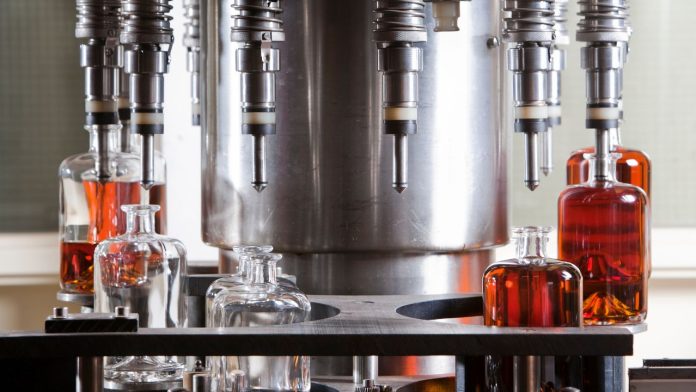Liquid filling machines are essential in industries that require precise, efficient, and automated processes for packaging liquids.
These machines operate based on specific principles, depending on the nature of the liquid, the packaging container, and the required filling speed and accuracy.
This article provides an overview of how liquid filling machines work, focusing on different types and their mechanisms to handle various liquid characteristics.
Basic Components of Liquid Filling Machines
A liquid filling machine typically comprises several core components, regardless of its specific type. Key elements include:
- Filling Heads
These are the nozzles through which the liquid passes to reach the container. Filling heads can vary in number, depending on the machine’s capacity.
- Conveyor System
This moves the containers into position under the filling heads and then away once they are filled.
- Control System
Often digitally controlled, this system allows operators to adjust the filling speed, volume, and other parameters.
- Pump System
This powers the movement of the liquid from the holding tank to the filling heads. The type of pump used depends on the viscosity and volume of the liquid.
Types of Liquid Filling Mechanisms
- Gravity Fillers
Gravity-based machines rely on the force of gravity to draw liquid into the container. This process is suitable for thin, free-flowing liquids like water, juice, and certain chemicals. The liquid is held in a tank above the filling heads, and when a container is positioned, a valve opens, allowing the liquid to flow down into the container. The flow stops once the required volume is achieved. Gravity fillers are simple and cost-effective, suitable for low to medium-speed operations.
- Pressure Fillers
For thicker or more viscous liquids, pressure fillers are used. These machines use air pressure to force liquid into containers at a faster rate, which is effective for products like syrups, oils, and creams. The pressurized filling ensures that even highly viscous liquids reach the desired fill level accurately. Pressure filling systems are often used in industries requiring higher filling speeds and precision.
- Pump Fillers
Pump filling machines are versatile and can handle a range of viscosities, making them suitable for a variety of industries. A pump system moves liquid from the storage tank to the filling heads, controlled by adjustable valves that regulate the amount of liquid dispensed. Depending on the viscosity, various pumps, such as gear pumps, diaphragm pumps, or peristaltic pumps, can be used. Pump fillers offer high precision and are widely used in pharmaceutical and cosmetic industries.
- Piston Fillers
Piston fillers work using a piston mechanism, where liquid is drawn into a cylinder and then pushed out into the container by the movement of the piston. This type of filler is highly accurate and can handle both thin and thick liquids, including those with particles, like sauces or lotions with herbs. The piston’s stroke length determines the volume dispensed, making these machines flexible for different container sizes.
Operation Process
The general operation of a liquid filling machine begins with containers entering the conveyor system, which moves them under the filling heads. The filling heads dispense a precise amount of liquid, based on pre-programmed settings.
In some cases, the machine includes sensors to detect the presence of a container, ensuring no liquid is dispensed if a container is missing. After filling, the conveyor moves the containers onward, often to a capping or labeling station.
Conclusion
Liquid filling machines streamline the packaging process for a wide range of liquids, from thin beverages to thick creams. Their choice depends on the liquid’s properties, the desired speed, and the level of precision required.
Machines such as gravity, pressure, pump, and piston fillers allow manufacturers to meet diverse production needs, ensuring accuracy and efficiency.







